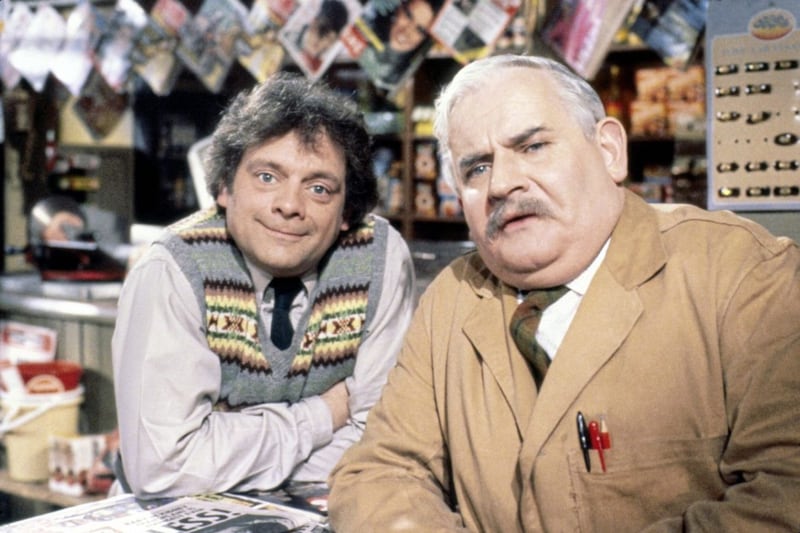SOMETIMES I’d be lost for a Tuesday topic if it weren’t for the frequent publication of surveys. This week I found one strangely relevant to our current communal situation of tension-generating uncertainty.
According to United States, United Kingdom and Chinese psychology sources, we seek to allay anxiety by accumulating material things. Being surrounded by ‘stuff’ creates feelings of comfort and safety.
This, they aver, explains why people purchased so much during the pandemic.
Apparently, scared people buy more material things. Fear increases the desire for safety and hunger for possessions. Psychologically, owning things gives us status, pleasure and advantage over others.
We barricade ourselves in with our stuff as protection against danger, threat and harm. The more material goods we possess, the more secure we feel and ‘self-gifting’ has proved to be the new panacea for all Covid-related ills.
This probably accounts for the number of ‘white van men’ cruising daily up and down our roads dropping parcels on doorsteps.
A double thump on the front door, plonk the package on the front step; take a snap of it in situ to prove delivery and back in the van and away before the recipient of the item is halfway down their hall. Instant gratification on the part of the customer. What’s not to like?
Have you noticed that the size of the package is rarely related to its contents? My last delivery was a foot-long cylindrical carton. Inside it a single palette of eyeshadow one and a half inches square, rattling about like a lost thing.
Access to the goods is like opening Fort Knox, guaranteeing the ruination of kitchen knives, scissors and fingernails. I have a garage landscaped with cardboard containers of every dimension, bales of bubblewrap, polystyrene blocks and beads rising above foothills of scrunched brown paper. Neither the blue bin nor I can cope.
Our chief lockdown hobby has been buying things – and the internet is more than happy continuing to feed our voracious appetite. Such variety! Such choice! A scan, a click. So convenient! It’s a bleak day that doesn’t bring a little something.
Even with the recent easing of restrictions, we don’t have the conscience now to put on a coat and go out in the cold to support our struggling-to-survive local traders who have served us so faithfully and well in the past.
The only prospering business I can see is the Post Office, queued to the door daily with people making ‘returns’ – though that’s such a faff it’s less trouble to keep the goods, which is why I have so many shoes, perfect in every respect, except size. We live in a climate where ‘need’ and ‘want’ have become synonymous.
Now, here’s an interesting thing. A different set of scientists have warned of the mental stress that too much choice brings.
The media bombard us with advertising that subliminally entices us to espouse the ‘new, improved and state-of-the-art’ whether we need it or not.
I’m only one generation removed from the idea that a suite of furniture was a once-in-a-lifetime purchase and ‘white goods’ were expected to last nearly as long.
Today’s retail trade vocabulary, “bigger, better, more efficient, more functions”, is silkily persuasive. It results in perfectly serviceable good quality stuff being discarded at the whim of fashion, shunted to dusty oblivion despite still functioning perfectly.
The concept of ‘make do and mend’ is sadly obsolete. Today, domestic design has the lifespan of a fruitfly and the ‘repairman’ has joined the ranks of rare breeds.
The ‘instant boiling water tap’ for example, is an elegant kitchen installation, till it breaks down and you have to borrow a kettle from the pensioners next door.
I’m content to sit tight and wait till fashion’s rapidly revolving carousel turns, as it inevitably does.
My vintage three-piece suite, riotously upholstered in a Mary Quant daisy pattern, but now decently shrouded in tasteful plain grey loose covers and relegated to the conservatory, will once again have its day.
I spotted its near-double in style magazine last week. Ho-hum. What goes around, comes around….








